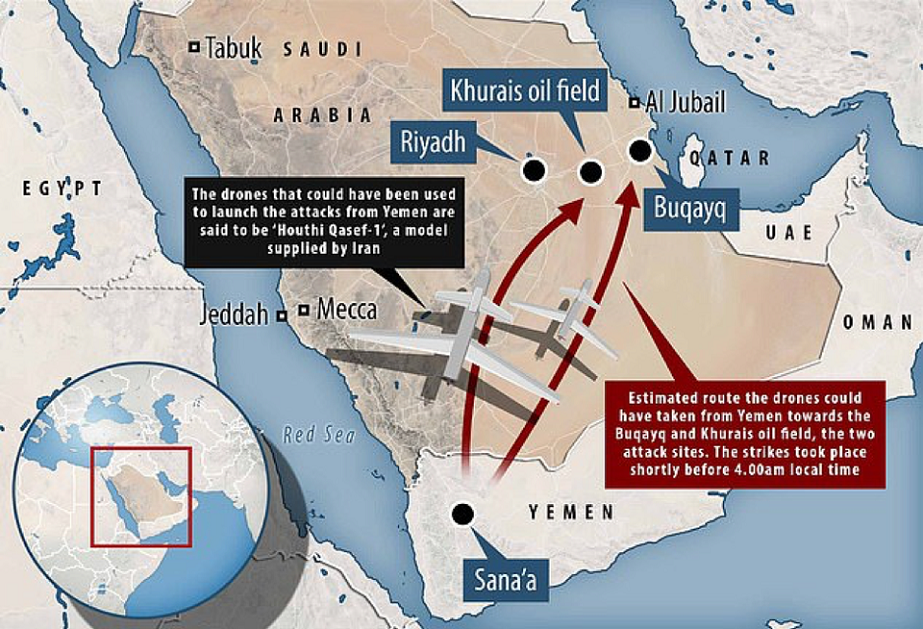White and Green with M/S
Elite Member
- Oct 29, 2020
- 10,135
- 3,973
- Country of Origin

- Country of Residence

We have lots of Almont intact Kinzhal intercepted by Patriot Google yourself, I don't want to spoon feed you, if you deny than you're lives in your falsehoodDidn't you post a picture of a purported fragment of Kinzhal as proof that the Patriots shot down Kinzhal? I question the validity of the so-called proof








